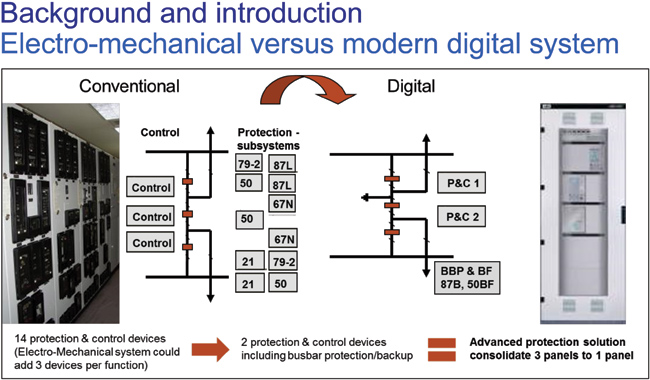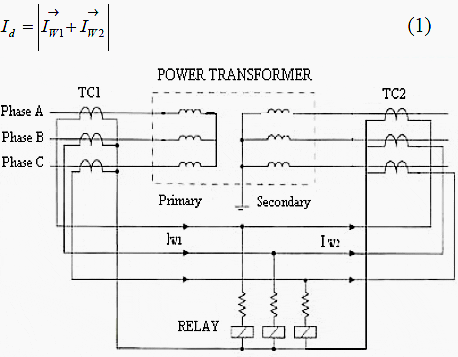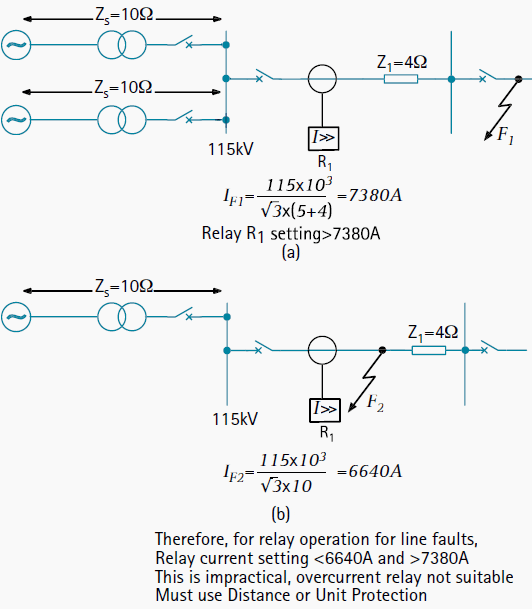
Introduction to Electrical Protection Systems
Understanding the importance of protecting electrical installations and equipment
– Electrical installations and equipment are vulnerable to internal and external faults.- These faults have the potential to cause serious damages to people and other equipment.- Protection devices associated with equipment play a crucial role in preventing and minimizing the consequences of these faults.
Internal and external faults in HV, MV, and LV electric installations
– HV, MV, and LV electric installations are at risk of internal and external faults.- These faults can lead to disruptions in electrical supply and pose safety hazards.- Protection units and systems are essential to detect and mitigate such faults effectively.

Types of Protection Devices
Overcurrent protection devices
– Overcurrent relays are commonly used for protecting electrical systems.- They detect excess current flowing through a circuit and trip the circuit breaker to prevent damage.- Different types include instantaneous overcurrent relays and time-delay overcurrent relays.
Earth fault protection devices
– Earth fault relays are crucial for detecting ground faults in electrical systems.- They sense current imbalances between the phase conductors and the neutral wire.- This helps prevent electric shocks and fire hazards caused by leakage currents.

Protection Units for Electrical Networks
Relay protection units and their functions
– Overcurrent relays play a critical role in safeguarding electrical systems by detecting excess current flow and tripping the circuit breaker as needed.- Earth fault relays are essential for identifying ground faults, helping prevent electric shocks and fire hazards caused by leakage currents.
Circuit breakers as essential components in protection systems
– Circuit breakers are vital components in electrical protection systems, acting as the first line of defense against overcurrents and short circuits.- They are designed to interrupt the flow of current when a fault is detected, preventing damage to the system and ensuring safety.

Differential Protection Systems
Understanding the concept of differential protection
– Differential protection systems detect and respond to the difference in current flow between two points in an electrical network.- They are crucial for identifying internal faults such as short circuits or insulation failures that could lead to equipment damage or electrical hazards.
Applications of differential protection in electrical systems
– Used in transformers, generators, motors, and busbars to safeguard against internal faults.- Ideal for protecting valuable equipment and ensuring uninterrupted operation of electrical systems.

Distance Protection Devices
Overview of distance protection devices
– Distance protection devices are essential components in electrical systems that detect faults by measuring the impedance between the protection point and the fault location.- These devices provide accurate and reliable protection for transmission lines, distribution networks, and other electrical assets.
Role of distance protection in maintaining system stability
– Distance protection plays a crucial role in maintaining the stability of electrical systems by quickly isolating faulty sections and preventing widespread outages.- By accurately determining the location of faults, distance protection devices help minimize downtime and ensure continuous operation of the electrical grid.